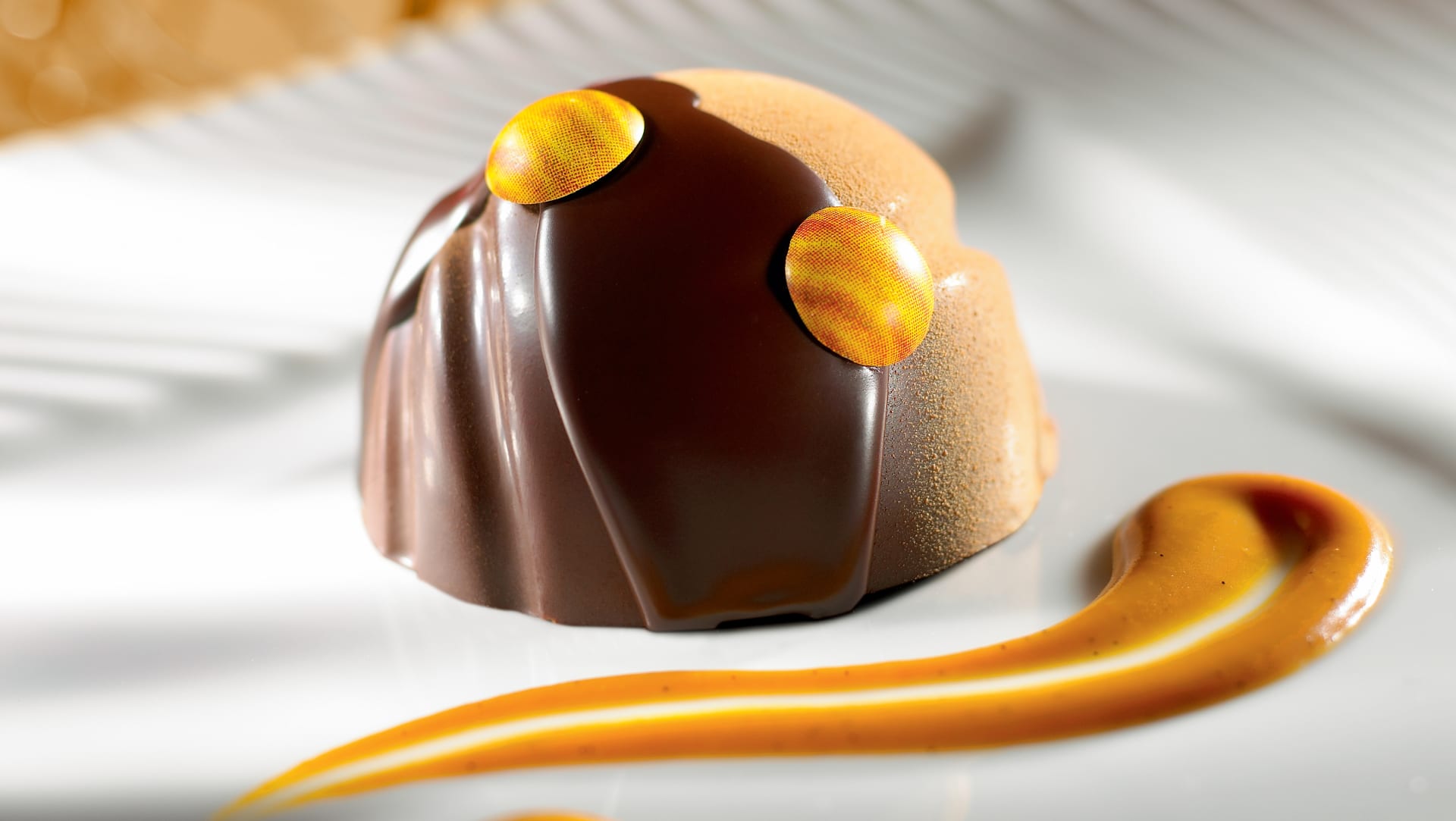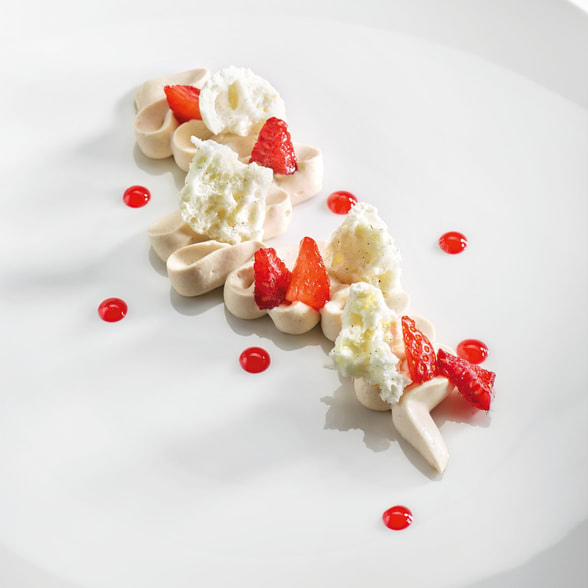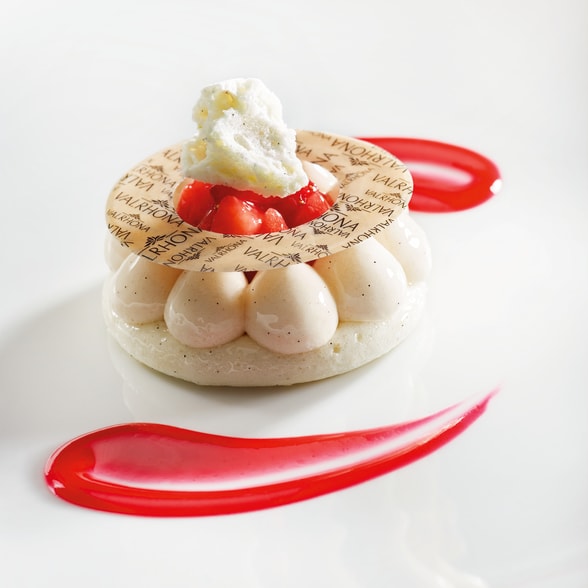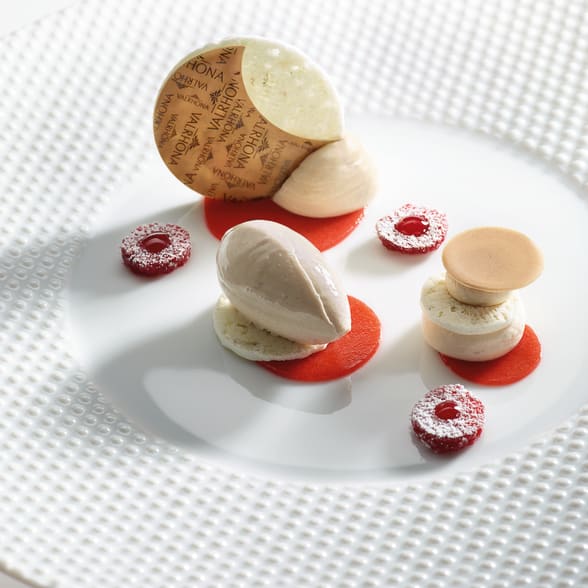You are using an outdated browser. Please upgrade your browser to improve your experience and security.
Edito
The word “dessert” originally comes from the French word desservir, which means “to serve at the table”. It is the last thing to be brought out once all other parts of a meal have been cleared away.
Whether people are gathering for a reception, in a gourmet restaurant or in a bistro, dessert always closes a meal and must be the apex of the food experience the customer has been enjoying.
But this moment of pleasure isn’t easy to deliver: Bellies are full, palates are saturated and diners might decide to pass instead. The way we present both dish and menu, and guidance from waiting staff, are essential here. We must seduce diners’
senses. Their gaze must be allowed to linger on the dishes being laid out on other tables, and the wording needs to have an intriguing charm.
Our ambition is to give your establishment those little details which make all the difference, and to inspire you as you dream up and create future desserts to delight your guests. Happy reading!
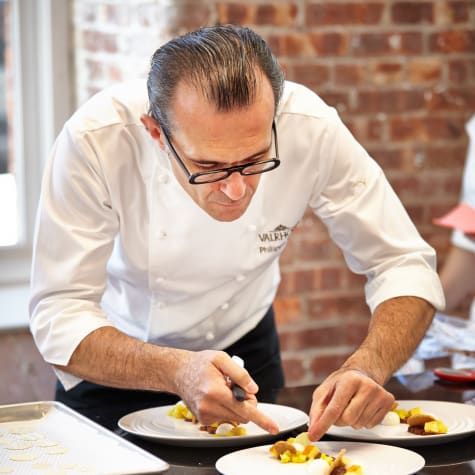
1 Recipe 3 Arrangements
1,2,3: Switch!
Create, optimize, adapt using just one basic recipe.
Move easily from one recipe to the next thanks to our easy tips and tricks – They’re a breeze to use!
Bistro version: use less ingredients
- A maximum of 4 elements.
- Arrangement = 1 piping bag + 1 spoon.
- Arrangement in 2 or 3 steps.
- Ultra-quick arrangement.
- Little handling required.
Banquet version: opt for mass production
- Presentation rationalized to the maximum degree in frames or molds for producing whole series of a single dessert.
- Ingredients have longer stability over time.
- Use of a freezer.
- Arranged before service begins.
Restaurant version: add ice cream
- Chic decorations.
- More elements to put in place.
- A sophisticated, more elaborate arrangement.
- Combinations of hot and cold.
